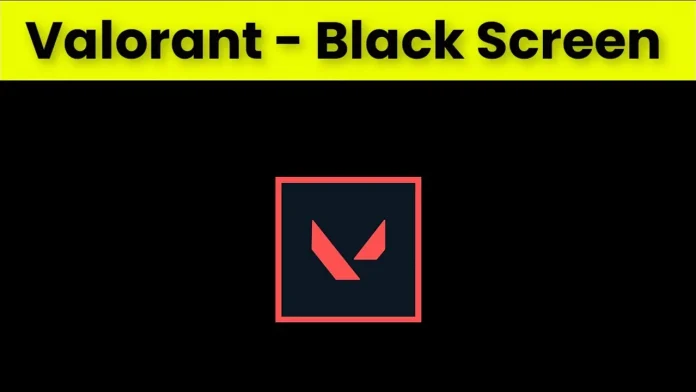The Valorant black screen issue is one of the most common problems that players have reported running into ever since the initial release of the shooter back in 2020.
For the uninitiated, the Valorant black screen bug is one of the most annoying issues you can face when trying to play the competitive FPS title. Not only can it prevent you from joining a match, potentially earning you a penalty in the process, but it can also prevent you from launching Valorant altogether.
If you’re encountering the black screen bug in Valorant and looking for a quick fix, don’t worry, we have you covered.
In this article, we’ll show you how to fix the Valorant black screen issue in just a few steps.
Valorant Black Screen Bug Fix 2025
The Valorant black screen issue can be caused by a number of different reasons. While it can be difficult to pinpoint the exact cause of this problem, there are several solutions that you can try right away to solve this problem once and for all.
Below, we have listed some of the most effective solutions for the Valorant black screen bug in 2025:
- Update Graphics Drivers: One of the most common reasons behind the black screen bug in Valorant is outdated graphics drivers on your system. Updating your graphics drivers might be the easiest way to solve this problem.
To update your graphics drivers, simply open the NVIDIA or AMD App on your PC, head to the ‘Drivers’ section, and check for any pending driver updates.
You should also check for pending Windows updates by hitting the Windows key on your keyboard and typing in ‘Check for Updates’.
- Run Valorant as an Administrator: Granting administrator privileges to Valorant can also solve the black screen issue. To run Valorant as an administrator, right-click on the Valorant icon, go to ‘Properties’, and under the ‘Compatibility’ tab, check ‘Run this program as an administrator.’
- Graphics Settings: Incorrect graphics settings are also a common culprit behind the black screen issue in Valorant. Check out our guide on pro Valorant settings and see if the problem persists.
- Disable Overclocking Software: Valorant’s anti-cheat system, Vanguard, can cause problems if you’re running overclocking software in the background. Try disabling any overclocking software like MSI Afterburner before playing Valorant.
- Reinstall Valorant: If none of the steps above resolve the issue, your best bet is to reinstall Valorant completely. Before doing so, make sure to fully uninstall the game by following our Valorant uninstallation guide. Once done, download a fresh copy from the official Riot Games website and proceed with the installation.
This concludes everything you need to know about how to fix the Valorant black screen bug in 2025. If you’re still facing the issue after following all these steps, you should contact Riot support and let them know about your problem.


